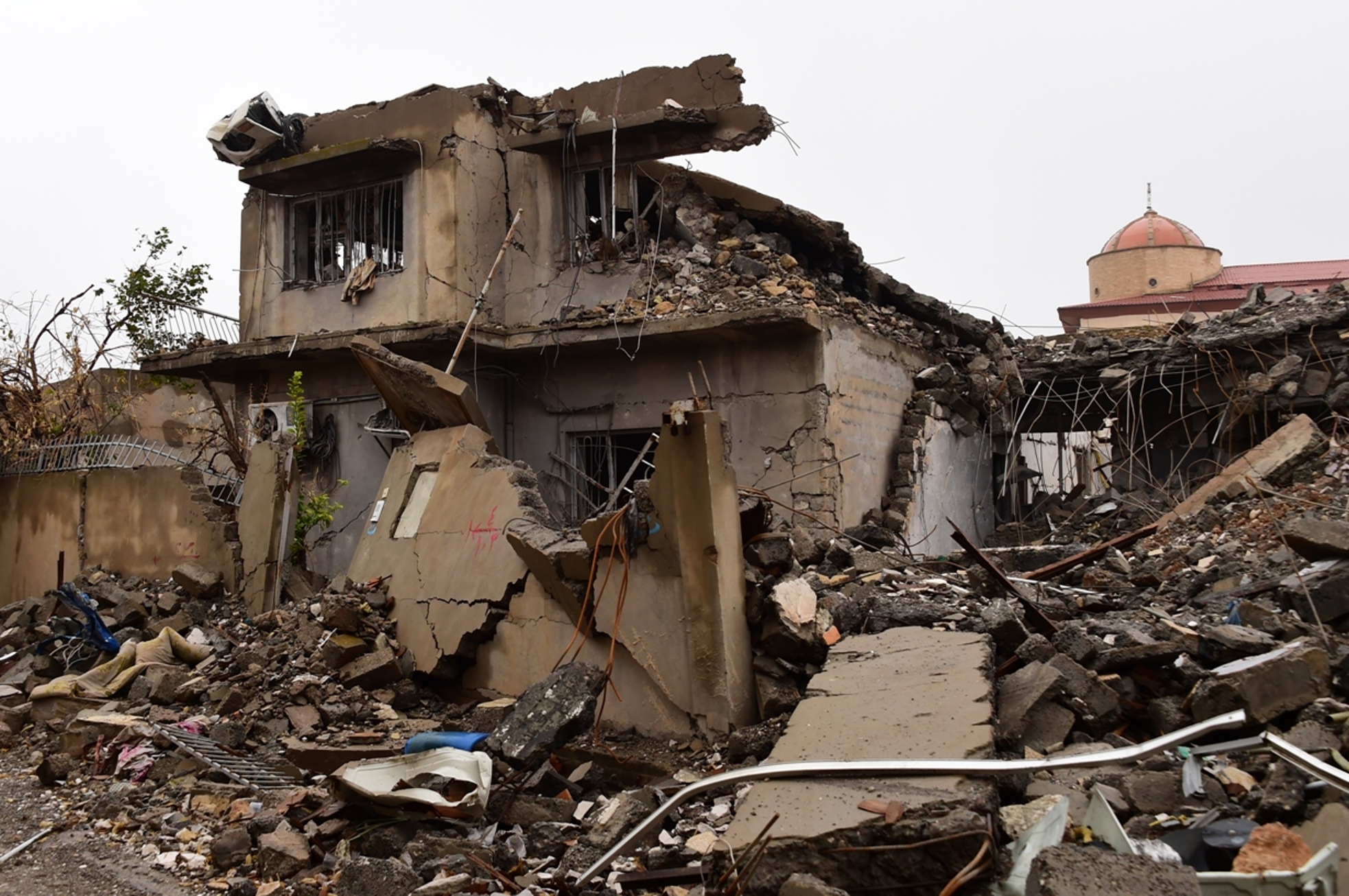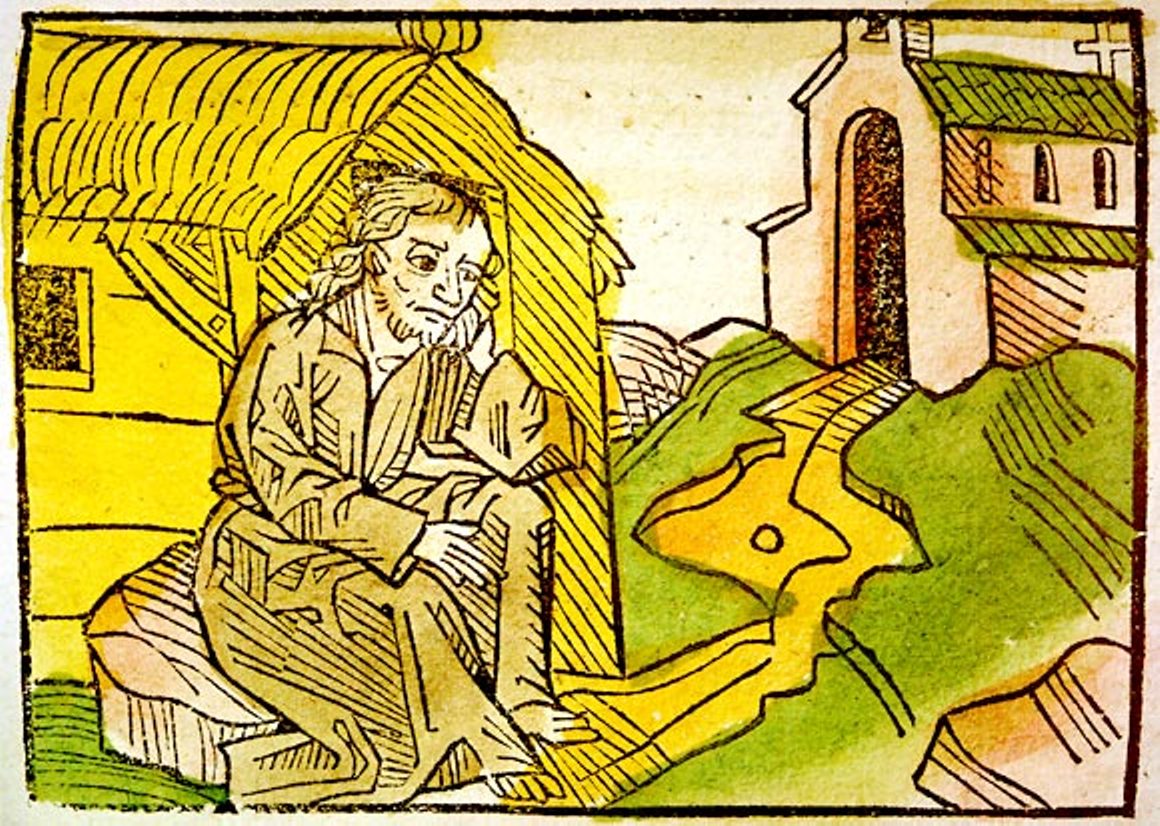Jugendbischof Marian Eleganti hielt am 21. Januar 2018 Gedenkgottesdienst In der Luzerner Jesuitenkirche fand am Sonntag, 21. Januar 2018, um 10.00 Uhr für den 2003 verstorbenen Pater Werenfried van Straaten, Gründer des Hilfswerks «Kirche in Not», wieder der Gedenkgottesdienst statt. Hauptzelebrant der Hl. Messe war Jugendbischof Marian Eleganti. Kroatische Jugendchöre haben den Gottesdienst musikalisch mitgestaltet. Pater… Continue reading Wiederaufbau christlicher Städte in der Ninive-Ebene Iraks
Schlagwort: Evangelium
Evangelium griechisch euangelion = die gute Kunde. In dieser wörtlichen Übersetzung wird der Anspruch am deutlichsten, den Jesus mit seiner eigenen Botschaft erhebt. Adressat dieser Botschaft ist zunächst der arme (Mt 11,5) Mensch, der sich selbst und seine Situation in der Welt und gegenüber Gott so durchschaut hat, daß er von sich aus einen Spruch der Ablehnung und der Verwerfung erwarten müßte. Inhalt dieser Kunde ist die bereits eingetretene Tatsache, daß die gnädige Herrschaft Gottes in Jesus Christus in dieser schon verworfen geglaubten Welt präsent und befreiend wirksam geworden ist (Mk 1,14f). – In späteren Schriften des Neuen Testaments wird der Begriff Evangelium ausgedehnt auf die Botschaft und die Kunde dessen, was in Jesus Christus geschehen und von den Jüngern Jesu Christi vernommen wurde. Somit werden die Existenz, die Rede und das Leben Jesu selbst zu einem Inhalt des Evangeliums. Evangelium in diesem Sinn ist damit unmittelbar ein „Evangelium „, nämlich eine frohe Botschaft von Gott her an den Menschen. Der Einzigartigkeit dieser Kunde entsprechend, wird Evangelium in der Schrift nur im Singular gebraucht. Erst später ist Evangelium (dann in der Mehrzahl) jene schriftliche Fixierung der Jüngerbotschaft, wie sie in den vier Evangelien vorliegt (die Evangelien des Mattäus, Markus, Lukas, Johannes). Indem diesen Schriften der Name Evangelium gegeben wurde, kommt ihr Charakter als Missionsschrift (-predigt) zum Ausdruck; als solche ist sie Predigt der Kirche von jenem Wort und Ereignis, durch das sie selbst konstituiert ist (siehe Heilige Schrift). kthW
Krieg der Schlagwörter – bleibt die Wahrheit aussen vor?
Benutzername und Passwort unverschlüsselt und Kommentar zensuriert Seit ungefähr Mitte der 90er Jahre wurde das Internet (Arpanet) mit einer als World Wide Web (WWW) bekannt gewordenen Technologie angereichert. Sie basiert auf dem sog. Hypertext Transfer Protocol (HTTP). Da dieses Protokoll im ISO/OSI-Modell auf dem eine oder zwei Stufen (je nach Betrachtungsweise) tiefer liegenden Internet-Protokoll aufbaut, spricht… Continue reading Krieg der Schlagwörter – bleibt die Wahrheit aussen vor?

